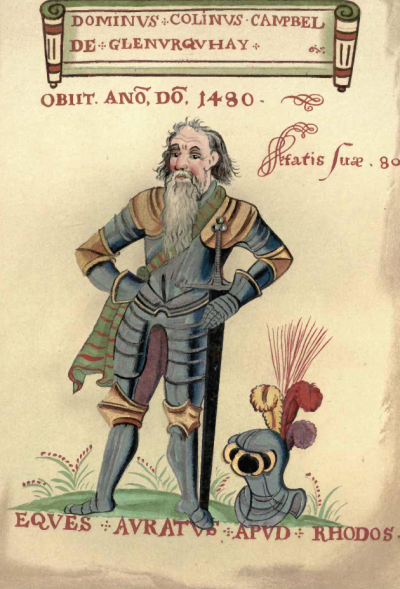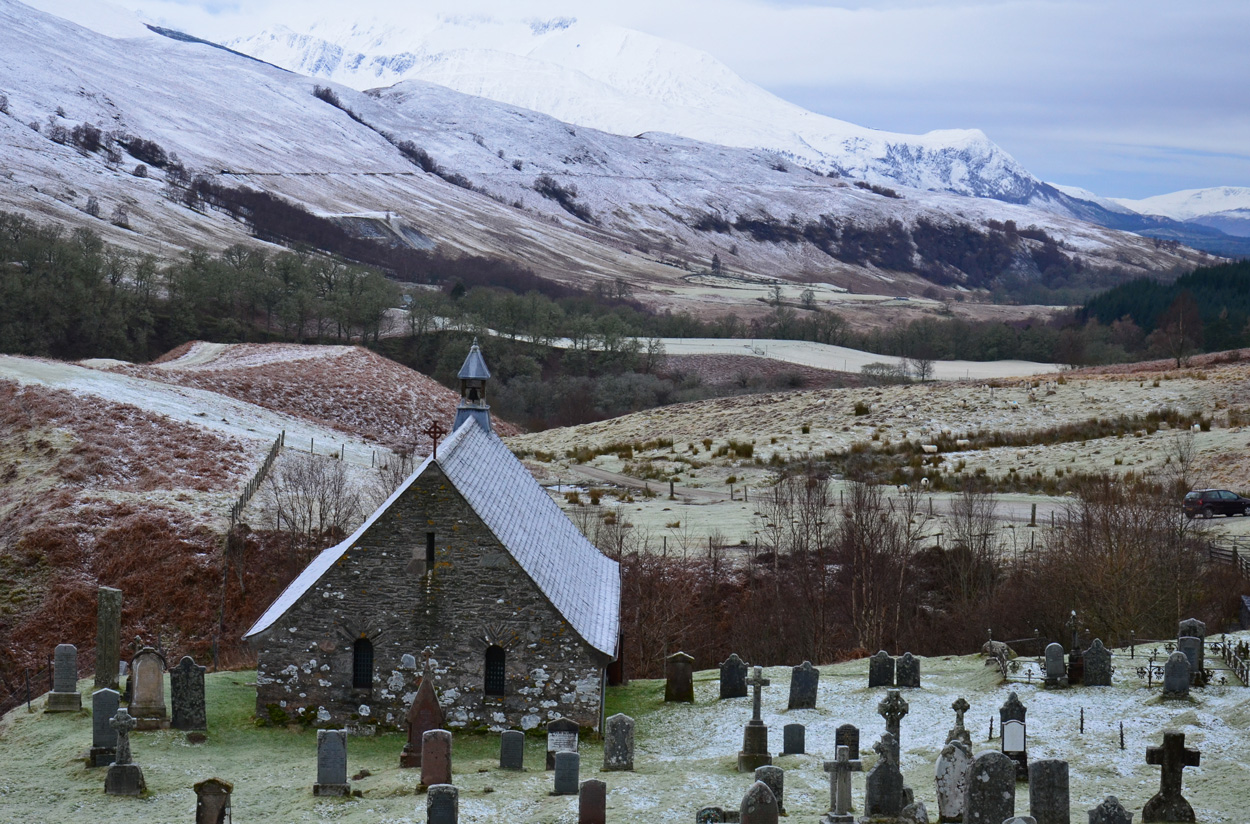|
Statutes Of Iona
The Statutes of Iona, passed in Scotland in 1609, required that Highland Scottish clan A Scottish clan (from Scottish Gaelic , literally 'children', more broadly 'kindred') is a kinship group among the Scottish people. Clans give a sense of shared heritage and descent to members, and in modern times have an official structure r ... chiefs send their heirs to Lowland Scotland to be educated in English-speaking Protestant schools. As a result, some clans, such as the MacDonalds of Sleat and the MacLeods of Harris, adopted the new religion. Other clans, notably the MacLeans of Morvern & Mull, MacDonalds of Clanranald, Keppoch, Glengarry, and Glencoe, remained resolutely Roman Catholic. Provisions Among the provisions of the statutes were: *The provision and support of Protestant ministers to Highland Parishes *The establishment of inns "to be set up in convenient places in all the Islands for accommodation of travellers" and to end the custom of "sorning", the practice ... [...More Info...] [...Related Items...] OR: [Wikipedia] [Google] [Baidu] |
Scotland
Scotland is a Countries of the United Kingdom, country that is part of the United Kingdom. It contains nearly one-third of the United Kingdom's land area, consisting of the northern part of the island of Great Britain and more than 790 adjacent Islands of Scotland, islands, principally in the archipelagos of the Hebrides and the Northern Isles. To the south-east, Scotland has its Anglo-Scottish border, only land border, which is long and shared with England; the country is surrounded by the Atlantic Ocean to the north and west, the North Sea to the north-east and east, and the Irish Sea to the south. The population in 2022 was 5,439,842. Edinburgh is the capital and Glasgow is the most populous of the cities of Scotland. The Kingdom of Scotland emerged as an independent sovereign state in the 9th century. In 1603, James VI succeeded to the thrones of Kingdom of England, England and Kingdom of Ireland, Ireland, forming a personal union of the Union of the Crowns, three kingdo ... [...More Info...] [...Related Items...] OR: [Wikipedia] [Google] [Baidu] |
Scottish Highlands
The Highlands (; , ) is a historical region of Scotland. Culturally, the Highlands and the Scottish Lowlands, Lowlands diverged from the Late Middle Ages into the modern period, when Scots language, Lowland Scots language replaced Scottish Gaelic throughout most of the Lowlands. The term is also used for the area north and west of the Highland Boundary Fault, although the exact boundaries are not clearly defined, particularly to the east. The Great Glen divides the Grampian Mountains to the southeast from the Northwest Highlands. The Scottish Gaelic name of ' literally means "the place of the Gaels" and traditionally, from a Gaelic-speaking point of view, includes both the Western Isles and the Highlands. The area is very sparsely populated, with many mountain ranges dominating the region, and includes the highest mountain in the British Isles, Ben Nevis. During the 18th and early 19th centuries the population of the Highlands rose to around 300,000, but from c. 1841 and for th ... [...More Info...] [...Related Items...] OR: [Wikipedia] [Google] [Baidu] |
Scottish Clan
A Scottish clan (from Scottish Gaelic , literally 'children', more broadly 'kindred') is a kinship group among the Scottish people. Clans give a sense of shared heritage and descent to members, and in modern times have an official structure recognised by the Court of the Lord Lyon, which regulates Scottish heraldry and coats of arms. Most clans have their own tartan patterns, usually dating from the 19th century, which members may incorporate into kilts or other clothing. The modern image of clans, each with their own tartan and specific land, was promulgated by the Scottish author Sir Walter Scott after influence by others. Historically, tartan designs were associated with Lowland and Highland districts whose weavers tended to produce cloth patterns favoured in those districts. By process of social evolution, it followed that the clans/families prominent in a particular district would wear the tartan of that district, and it was but a short step for that community to become i ... [...More Info...] [...Related Items...] OR: [Wikipedia] [Google] [Baidu] |
Scottish Clan Chief
The Scottish Gaelic word means children. In early times, and possibly even today, Scottish clan members believed themselves to descend from a common ancestor, the founder of the clan, after whom the clan is named. The clan chief (''ceannard cinnidh'') is the representative of this founder, and represents the clan. In the Scottish clan system, a chief is greater than a chieftain (''ceann-cinnidh''), a designation applied to heads of branches of a clan.Adam; Innes of Learney (1970), pp. 154–155. Scottish clans that no longer have a clan chief are referred to as armigerous clans. Functions of the clan chief Historically the principal function of the chief was to lead the clan in battle on land and sea. The chief and the chieftain were at one time in the Scottish Highlands influential political characters, who wielded a large and often arbitrary authority.''Maclean of Ardgour v. Maclean'', p. 636 However, none of this authority now remains. Highland chiefship or chieftainship in ... [...More Info...] [...Related Items...] OR: [Wikipedia] [Google] [Baidu] |
Lowland Scotland
The Lowlands ( or , ; , ) is a cultural and historical region of Scotland. The region is characterised by its relatively flat or gently rolling terrain as opposed to the mountainous landscapes of the Scottish Highlands. This area includes cities like Edinburgh and Glasgow and is known for its fertile farmland, historic sites, and urban centres. It is the more populous and industrialised part of Scotland compared to the sparsely populated Highlands. Culturally, the Lowlands and the Highlands diverged from the Late Middle Ages into the modern period, when Lowland Scots replaced Scottish Gaelic throughout most of the Lowlands. Geography Geographically, Scotland is divided into three distinct areas: the Highlands, the Central plain ( Central Belt, in the Central Lowlands), and the Southern Uplands. The Lowlands cover roughly the latter two. The northeast plain is also "low-land", both geographically and culturally, but in some contexts may be grouped together with the High ... [...More Info...] [...Related Items...] OR: [Wikipedia] [Google] [Baidu] |
MacLeods Of Harris
Clan MacLeod ( ; ) is a Scottish Highlands, Highland Scottish clan associated with the Isle of Skye. There are two main branches of the clan: the MacLeods of Harris, Outer Hebrides, Harris and Dunvegan, known in Gaelic as ' ("seed of Tormod") and the Clan MacLeod of Lewis Assynt and Raasay, known in Gaelic as ' ("seed of Torcall"). Both branches claim descent from Leod, Leòd, a Norse-Gael who lived in the 13th century. Today, Clan MacLeod of The Lewes, Clan MacLeod of Raasay, and Clan MacLeod are represented by "Associated Clan MacLeod Societies", and the chiefs of the three clans. The association is made up of ten national societies across the world including: Australia, Canada, England, France, Germany, New Zealand, Scotland, South Africa, Switzerland, and the United States. History Origins The surname MacLeod means 'son of Leòid'. The name Leod is an Anglicization of the Scottish Gaelic name Leòid, which is thought to have been derived from the Old Norse. ''Clann'' means ... [...More Info...] [...Related Items...] OR: [Wikipedia] [Google] [Baidu] |
Clan MacLean
Clan Maclean (; Scottish Gaelic: ' ) is a Scottish Highlands, Highlands Scottish clan. They are one of the oldest clans in the Scottish Highlands, Highlands and owned large tracts of land in Argyll as well as the Inner Hebrides. Many early Macleans became famous for their honour, strength and courage in battle. They were involved in clan skirmishes with the Clan Mackinnon, Mackinnons, Clan Cameron, Camerons, Clan Donald, MacDonalds and Clan Campbell, Campbells, as well as all of the Jacobite risings. History Origins of the Clan There are several different origins for the surname ''Maclean'', however, the clan surname is an anglicisation of the Scottish Gaelic . This was the patronymic form of the personal name meaning 'Servant of John the Apostle, Saint John', thus 'Son of the Servant of [St] John'.Way of Plean, George; Squire, Romily. (1994). ''Collins Scottish Clan & Family Encyclopedia''. pp. 238–239. The clan's rise to power began in 852 with a Papal Bull of Charter and Pro ... [...More Info...] [...Related Items...] OR: [Wikipedia] [Google] [Baidu] |
Clan MacDonald Of Keppoch
Clan MacDonald of Keppoch, also known as Clan MacDonell of Keppoch or Clan Ranald of Lochaber ( ), is a Highland Scottish clan and a branch of Clan Donald. The progenitor of the clan is Alistair Carrach MacDonald, 4th great-grandson of the warrior Somerled. The clan chief is traditionally designated as the "Son of Ranald's son" (Scottish Gaelic: ''Mac Mhic Raonuill''). Clan MacDonald of Keppoch has a chief that is recognized by the Court of the Lord Lyon, and the Lord Lyon King of Arms, who is the heraldic authority in Scotland. History of the MacDonalds of Keppoch Origins The MacDonalds of Keppoch are one of the branch clans of Clan Donald—one of the largest Scottish clans. The eponymous ancestor of Clan Donald is Donald, son of Reginald, son of Somerled. Somerled, son of Gillebride was a 12th-century Norse–Gaelic leader and warrior who was called "King of the Isles" and "King of Argyll". Through marital alliance and ambitious military conquest, Somerled rose in ... [...More Info...] [...Related Items...] OR: [Wikipedia] [Google] [Baidu] |
Clan MacDonald Of Glengarry
Clan MacDonell of Glengarry, also known as Clan Ranald of Knoydart & Glengarry () is a Highland Scottish clan and is a branch of the larger Clan Donald. The clan takes its name from River Garry, Inverness-shire, River Garry where the river Garry runs eastwards through Loch Garry to join the Great Glen about 16 miles (25 km) north of Fort William, Highland. The progenitor of the MacDonells of Glengarry is Donald, son of Reginald, 4th great-grandson of the warrior Somerled and ancestor of Clan Macdonald of Clanranald. The MacDonells of Glengarry have historically possessed land holdings in the districts of Ross and Cromarty, Ross-shire and Lochaber in the Scottish Highlands. Their territories occasionally resulted in land disputes with other clans, most notably Clan Mackenzie. The clan supported the Jacobitism, House of Stuart during the Jacobite rebellions, pledging their allegiance to the Jacobitism, Jacobite cause. After the Jacobite Uprisings, the clan suffered during ... [...More Info...] [...Related Items...] OR: [Wikipedia] [Google] [Baidu] |
Clan MacDonald Of Glencoe
The MacDonalds of Glencoe, also known as Clann Iain Abrach (Scottish Gaelic: ''Clann Iain Abrach''), is a Highland Scottish clan and a branch of the larger Clan Donald. Named after Glen Coe, the MacDonalds (or MacIains as they were more specifically known) lived there from the early 14th century, until the glen was largely abandoned during the Highland Clearances of the late 18th century. The MacDonalds of Glencoe were constantly involved in trouble with the law and for their consistent raiding, pillaging and cattle rustling. Combined with their participation in the Jacobite rising of 1689, this resulted in the clan being targeted in the 1692 Massacre of Glencoe. They later took part in the risings of 1715 and 1745. The last clan chief died in 1889, without producing an heir. In the 21st century, the clan has since had a chief recognized by the Lord Lyon King of Arms in January 2024: Alan MacDonald has been confirmed as Chief of the name and arms of MacDonald of Glencoe. H ... [...More Info...] [...Related Items...] OR: [Wikipedia] [Google] [Baidu] |





